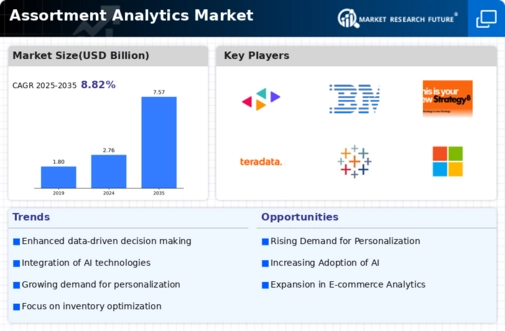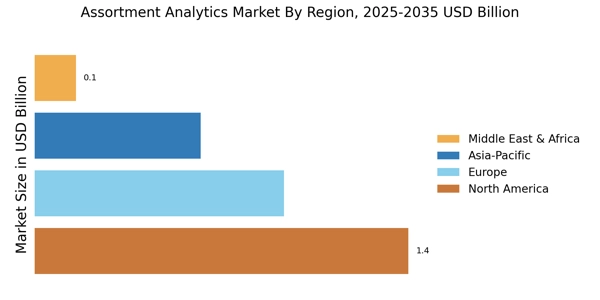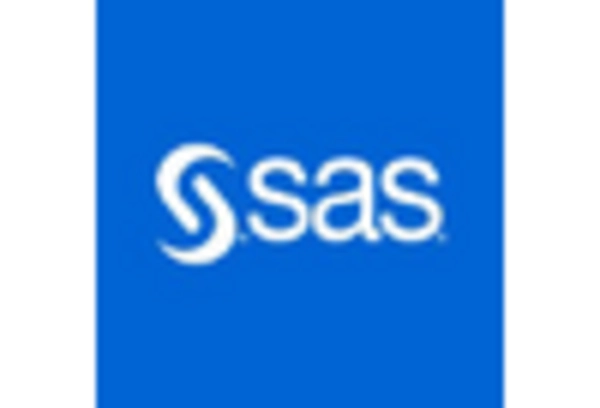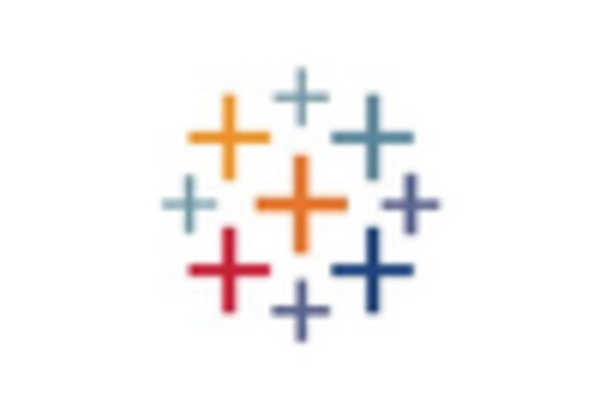Emphasis on Omnichannel Retailing
The shift towards omnichannel retailing is significantly influencing the Assortment Analytics Market. Retailers are increasingly adopting a seamless approach to customer engagement across various channels, including online and offline platforms. This necessitates a more sophisticated assortment strategy that caters to diverse consumer preferences. As a result, businesses are investing in analytics tools that provide insights into customer behavior across different touchpoints. The omnichannel retail market is expected to grow at a compound annual growth rate of 25% through 2027, highlighting the critical role of assortment analytics in optimizing product offerings in this evolving landscape.
Rising Competition in Retail Sector
The competitive landscape of the retail sector is intensifying, which is having a profound impact on the Assortment Analytics Market. Retailers are compelled to differentiate themselves through unique product assortments and effective inventory management. This competitive pressure is driving the adoption of advanced analytics tools that enable businesses to make data-informed decisions regarding their assortments. As competition escalates, the need for precise analytics becomes paramount, leading to an increased investment in assortment analytics solutions. The retail analytics market is projected to grow at a CAGR of 22% over the next five years, indicating a robust demand for innovative assortment strategies.
Growing Importance of Consumer Experience
In the Assortment Analytics Market, there is a growing recognition of the importance of consumer experience. Retailers are increasingly focused on creating personalized shopping experiences that resonate with their target audiences. This trend is driving the demand for analytics solutions that can provide insights into consumer preferences and behaviors. By leveraging assortment analytics, businesses can curate product offerings that align with customer expectations, ultimately enhancing satisfaction and loyalty. As consumer experience becomes a key differentiator in the retail sector, the Assortment Analytics Market is likely to see continued growth as companies seek to refine their strategies.
Increasing Demand for Data-Driven Insights
The Assortment Analytics Market is experiencing a notable surge in demand for data-driven insights. Retailers and manufacturers are increasingly recognizing the value of leveraging data analytics to optimize product assortments. This trend is driven by the need to enhance customer satisfaction and improve inventory management. According to recent estimates, the market for data analytics in retail is projected to reach USD 10 billion by 2026, indicating a robust growth trajectory. As businesses strive to make informed decisions based on consumer behavior and preferences, the Assortment Analytics Market is poised to benefit significantly from this shift towards data-centric strategies.
Adoption of Artificial Intelligence and Machine Learning
The integration of artificial intelligence (AI) and machine learning (ML) technologies is transforming the Assortment Analytics Market. These advanced technologies enable retailers to analyze vast amounts of data efficiently, leading to more accurate predictions of consumer demand and preferences. The AI-driven analytics tools can identify patterns and trends that may not be immediately apparent, allowing businesses to tailor their assortments accordingly. As of 2025, it is estimated that the AI market in retail will exceed USD 15 billion, further underscoring the potential impact of these technologies on the Assortment Analytics Market.


















Leave a Comment